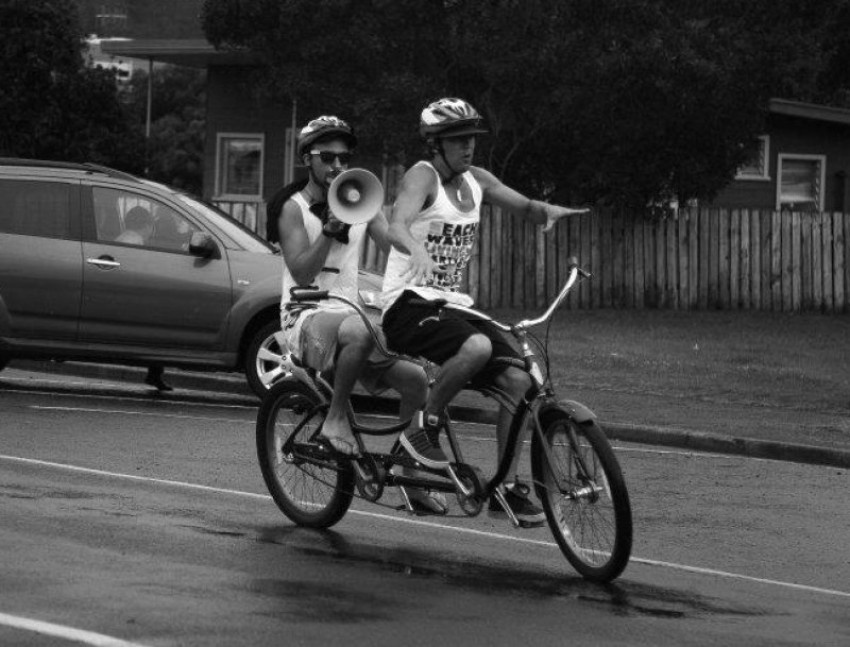Should your website be function or design led?

Richard Groves
30th July 2018

When you sit down to an expensive meal in a restaurant it’s not just about how the food tastes. It’s about the sign hanging over the front door, it matters if your meal is served on a plate or a chopping board, whether they give you cutlery or chopsticks. In the web world this overall experience and incorporated aesthetic is called user experience. If you want to be super snazzy and sound like you know what you’re talking about it’s “UX” for short. It’s the process you have to go through to get to the desired outcome.
The thing is that every one of those micro interactions before you get to the heart of the matter, before you’ve actually purchased that product or ordered that service, have their own intricate design considerations to make the user feel at ease. Design is about exciting the senses, then UX is keeping them engaged.

It’s easy to grab someone’s attention, but how do you keep it?
Anyone can shout loud enough in a crowd that people will stop to see what the hell is going on. Trouble is, if you don’t convert this into something meaningful and engaging immediately they will not only look away, but will be less likely to stop the next time they see you riding through town on a tandem bike shouting through a megaphone. I’ve definitely never done that by the way.
I know I sound like I’m in danger of going off on a rant about how “image isn’t everything man, it’s what’s inside that counts”. I’m not saying that. Branding and image are extremely important and anyone who says otherwise is an idiot. What I’m saying is that to inform this image, you have to have something to build on first.
A good way to explore this is to think about an example where you would expect design led thinking, i.e. a company that relies heavily on their image.
Let’s say you sell cool footwear. Your customer base might comprise mainly of young, outgoing social individuals who like to express a creative side by covering their feet in crazy patterns (you can tell I’m one of them can’t you). A user who visits your site needs to feel they can trust your product embodies this. They want to buy more than shoes; they want to buy a statement, something that shows off a bit of themselves to the people around them. If your site doesn’t convey this straight away with the design, why would they stick around?
There are literally thousands of talented design agencies out there that can come up with striking brand led images to fit this brief from a purely visual aesthetic. Don’t get me wrong, I’m not saying this is easy. It takes real artistry to truly understand your identity then convey it in a visual medium, it’s just that if you forget about function you’ll lose people very quickly. Just like a restaurant only giving you chopsticks to eat the soup of the day, your website must have a friendly and easy way to interact with it, otherwise known as the User Interface (or UI; you’re learning so much today!)
A great example of this is Nike. They have recently refreshed their whole look online and ironed out a lot of creases in the UI . I planned to review it as part of this blog, but the guys at E-Consultancy have already done an amazing job of that in this article so I don’t need to bother. As my Dad always taught me “…someone else has already said it best. So if you can't top it, steal from them and go out strong”... well actually that’s a line from American History X but I like to pretend I don’t learn all of life’s lessons from movies.
So, back to the original question: “Should your website be function or design led?”
In my opinion, for the most part, design should come from function. At Impelling we call this “inside-out thinking”. By running a series of discovery sessions at the beginning of the project, we take a deep dive into user requirements, honing in on what different groups need to get from the site. This extends not only to your customers, but your own admin staff who use the backend of the site too. Our designers then pick this up and build a beautiful shell around the core solution that excites and entices people who interact with it. The added benefit of this is that a designer will have a full picture of what a user wants to see through use of carefully thought out user profiling. This means they understand the motivations of the intended audience and are not just reading a short brief that says: “We want it to look professional but have some character”.
A good restaurant starts from the food first then the brand is built around it, enhancing the dining experience, not the other way round. This doesn’t make the design any less important. If the outward facing bits don’t speak to the user, they won’t even bother looking any deeper and all that time you spent tasting wine to match with your signature steak dish is wasted. Well not really because you still got to drink loads of wine... but you know what I mean.
